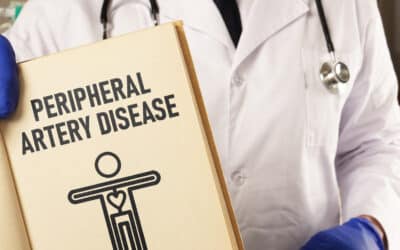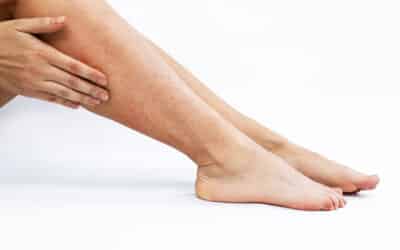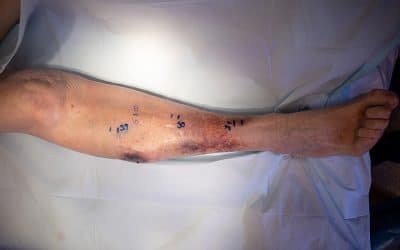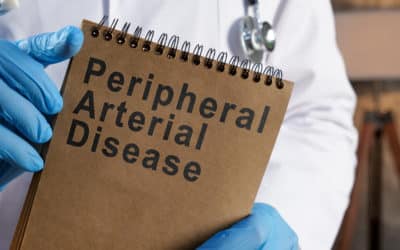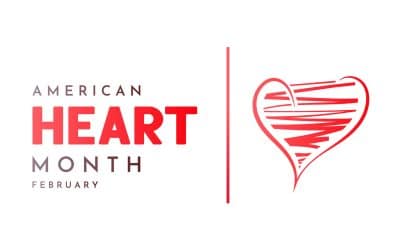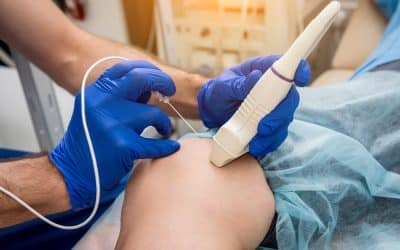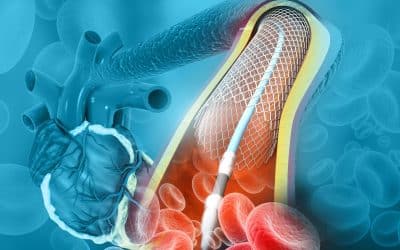Peripheral artery disease (PAD) affects millions worldwide, leading to reduced blood flow, primarily in the legs and arms, due to narrowed arteries. This condition can cause pain, mobility issues, and other serious health problems. But is PAD reversible? Let's dive into the key insights on whether...
Arterial Disease
Warm to Touch: A Diagnostic Tool
Have you ever noticed a part of your body feeling unusually warm to the touch? This sensation is more than just a curious anomaly; it can be an important diagnostic tool in medicine. Understanding why an area of your body might feel warm can help identify various conditions ranging from infections...
Understanding Causes of Leg and Ankle Swelling
Swelling in the legs and ankles is a common symptom that can be caused by a variety of conditions. It's often associated with fluid retention, a condition known as peripheral edema. Understanding the causes of this swelling is crucial for effective treatment. It can be a sign of underlying health...
Recovery After Atherectomy: What to Expect
Atherectomy is a medical procedure that can be a lifeline for those suffering from vascular disease. It's a minimally invasive surgery designed to remove plaque from blood vessels. This procedure is often used to treat peripheral artery disease (PAD). PAD can cause leg pain and other...
Common Questions About Leg Discoloration
A condition known as venous stasis dermatitis or leg discoloration is an inflammation of the skin that occurs due to poor circulation. It can occur anywhere on your legs, but it’s prevalent near the calves, ankles, and feet because that’s where blood usually collects. Over time, the gradual...
7 Facts About Arterial Disease: Key Insights on Peripheral Arterial Disease (PAD)
At Coastal Vascular Center, we are committed to not just treating but educating our patients and community during National Peripheral Arterial Disease Awareness Month. Peripheral arterial disease (PAD), also known simply as arterial disease, is a formidable condition affecting millions,...
What Are the Signs of Arterial Disease?
Arterial disease, often called Peripheral Vascular Disease (PVD), involves problems with the blood vessels located outside the heart and brain. These vessels, which include both arteries and veins, are crucial for transporting blood throughout the body. One of the most common types...
Leg Pain, Gangrene, and Claudication: Know the Signs of Peripheral Vascular Disease
Peripheral vascular disease (PVD), also known widely as Peripheral Artery Disease (PAD), is a common yet frequently progressive circulation disorder primarily affecting those over 50 or those with atherosclerosis. This buildup of plaque in the arteries can restrict blood flow severely, leading to...
February is American Heart Month: Take the Steps Towards a Healthier Heart
As February rolls around, it's important to remember the significance of this month in promoting heart health. American Heart Month 2024 is not just a time for awareness but taking active steps towards a healthier heart. Heart disease is the leading cause of death in the United States- one...
Resolving Venous Reflux Disease with Vein Ablation Treatment
Vein ablation is an effective treatment method used to combat venous reflux disease, also known as chronic venous insufficiency (CVI). This medical condition significantly impacts the effective circulation of blood in the lower extremities, often resulting in leg pain, varicose veins, and swollen...
How Radiofrequency Ablation Helps Eliminate Varicose Veins
Varicose veins can be both a cosmetic concern and a health issue for many individuals. These enlarged and twisted veins often appear blue or purple, bulging out from beneath the skin's surface. They most commonly occur in the legs and can cause discomfort, pain, and swelling. If you are...
Angioplasty and Stent Placement Helps Open Up Block Arteries
There is hope in minimally invasive treatments for millions of Americans who suffer from peripheral artery disease (PAD) with claudication (leg pain). Angioplasty is a procedure that opens up blocked arteries. This occurs by inserting tiny balloons or wire mesh to widen arteries. Thus...

